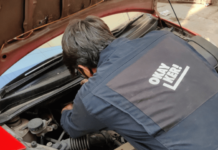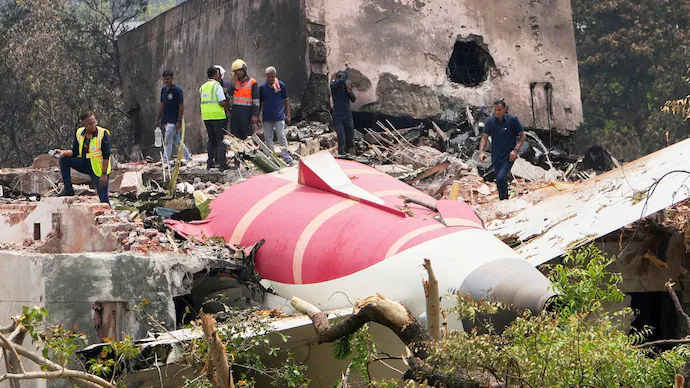A haunting new theory has emerged about the Air India Plane Crash that left 265 dead, including 24 people on the ground. While aviation disasters are often linked to complex mechanical faults or unpredictable weather, an expert now believes that this catastrophe may have been caused by something terrifyingly simple — a basic cockpit error.
Air India Plane Crash: A Split-Second Mistake with Catastrophic Consequences
Captain Steve, a veteran commercial pilot and aviation analyst known for dissecting aviation tragedies on YouTube, has offered his professional insight into the Air India flight AI171 crash. The London-bound 787 Dreamliner, carrying 242 people, plummeted into a residential area in Ahmedabad shortly after takeoff — a moment now etched in history as one of the most tragic aviation accidents of the decade.
According to Captain Steve’s theory, the devastating error occurred just moments after takeoff when the pilot flying likely issued the standard command: “Gear up.” But what followed, he believes, was a fatal mix-up. Instead of retracting the landing gear, the co-pilot may have mistakenly grabbed and raised the flap lever — the controls responsible for generating lift during takeoff.
This seemingly minor error could have instantly disrupted the aircraft’s aerodynamics. Raising the flaps prematurely would have caused the aircraft to lose lift and airspeed rapidly — something nearly impossible to recover from at such a low altitude. Steve pointed to a chilling detail in the wreckage analysis: the wings showed little to no bending, which typically occurs during lift-off due to aerodynamic forces. That, he believes, supports his theory that the lift-generating flaps were no longer engaged.
Lessons from Tragedy
The Air India Plane Crash, now under renewed scrutiny, serves as a grim reminder of how human error—even at the highest levels of aviation—can lead to unimaginable consequences. While investigations continue, Captain Steve’s theory highlights the urgent need to revisit cockpit procedures, reinforce training, and possibly redesign control layouts to reduce the likelihood of such deadly confusion.
Read more: US Safety Regulators Investigate Another Fatal Tesla Crash


























